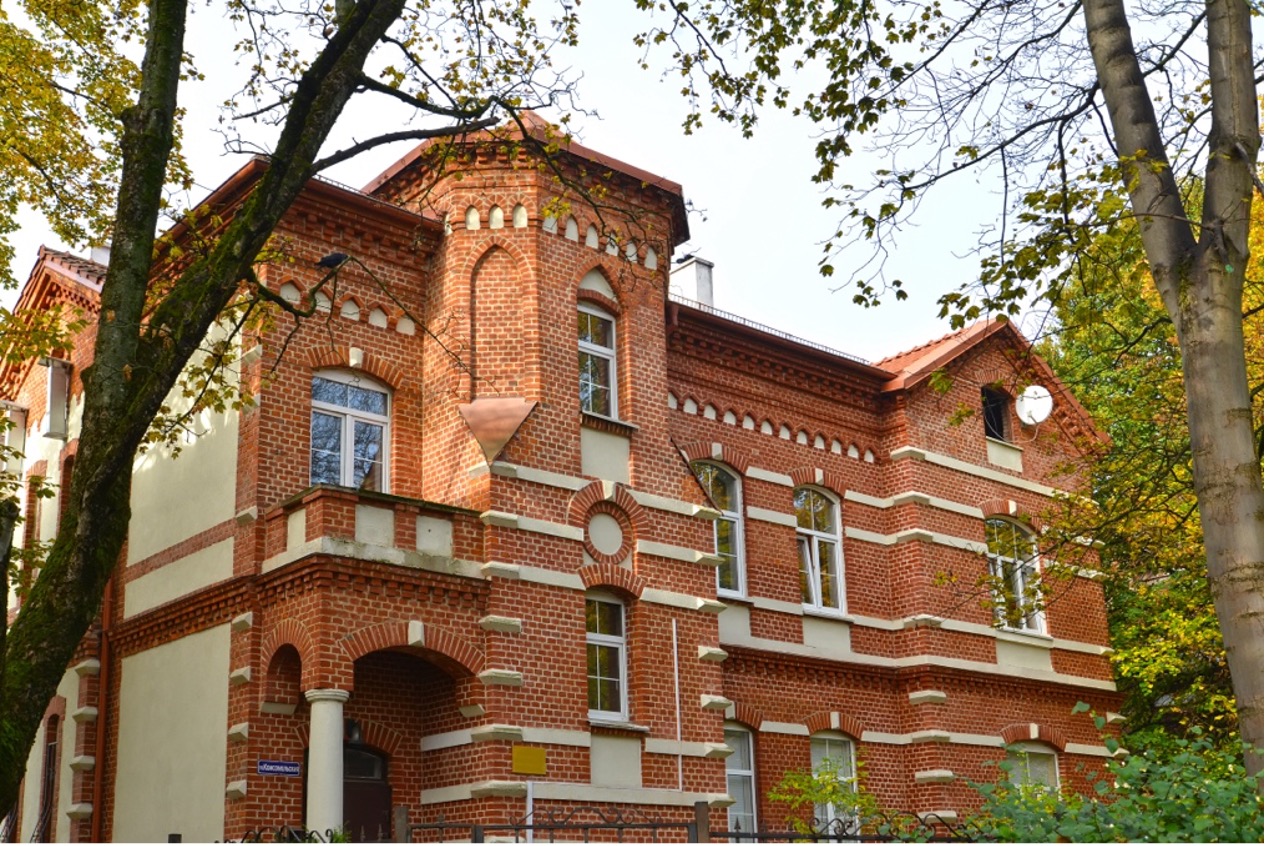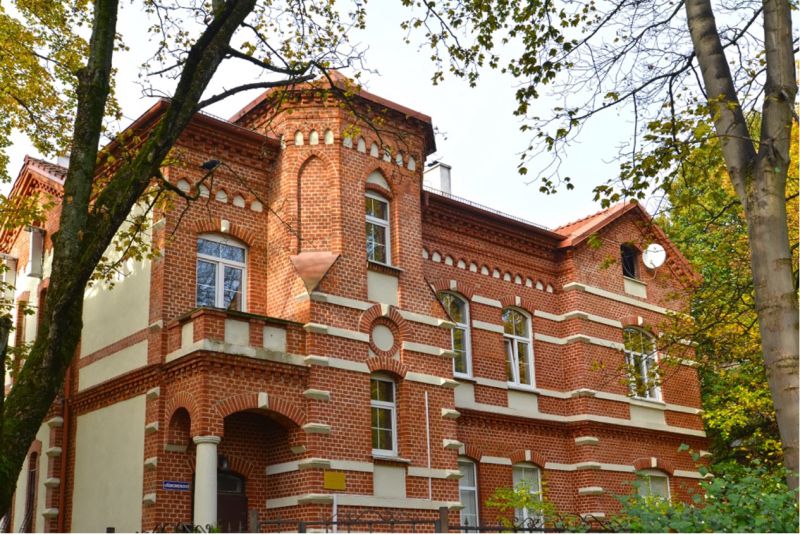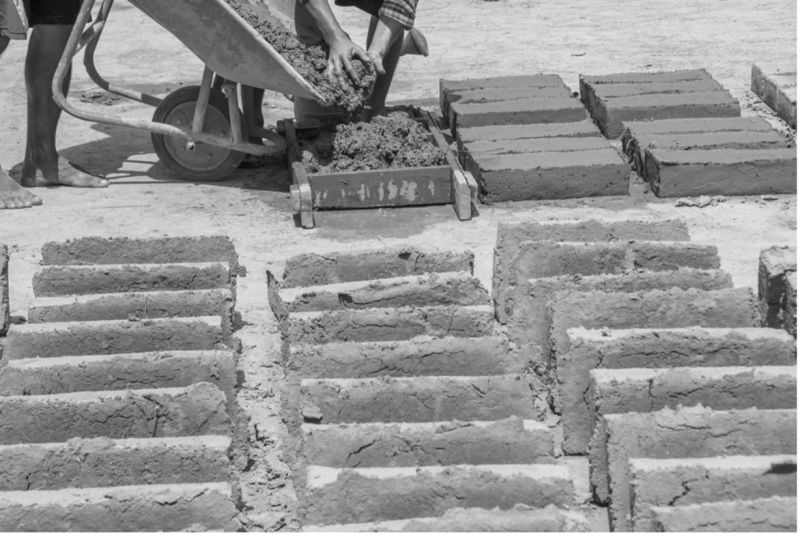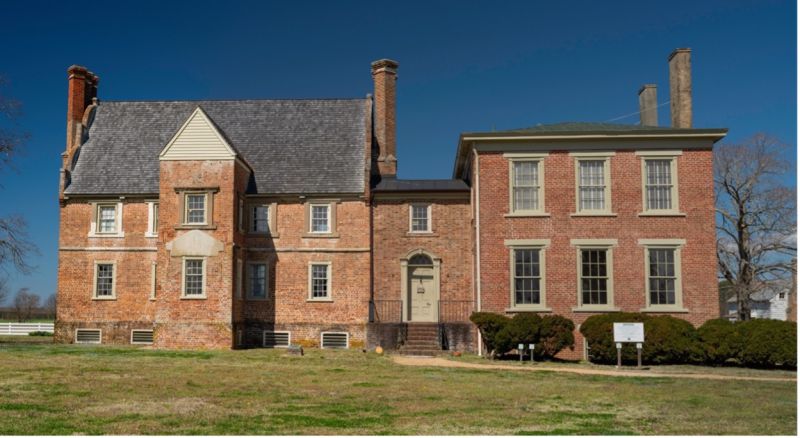
Standing the Test of Time: A Look at America's Oldest Clay Brick Homes and Structures

The history of the United States is intricately woven with the story of clay brick. From the earliest European settlements to present, this versatile and durable material has left its mark on our architectural landscape. But beyond aesthetics, clay brick exhibits a remarkable record of sustainability and longevity, making it a relevant choice for today's homeowners.
Early American Brickwork: A Sustainable Choice

The use of clay brick in America dates to the arrival of European colonists. They brought with them the knowledge and techniques honed in Europe for centuries. Brick offered a multitude of advantages:
Fire resistance: Brick walls provided crucial protection. This was a major concern, particularly as cities grew denser in the 19th century. Devastating fires like the Great Chicago Fire of 1871 and the Great New York City Fire of 1835 underscored the need for more fireproof construction. These events, along with others, directly led to the implementation of the first masonry ordinances, which mandated the use of fire-resistant materials like brick.
Durability: Long before the United States declared independence, fired clay brick reigned supreme as the construction material of choice. Its exceptional durability meant structures stood strong for generations, many of which remain standing today as testaments to brick's enduring legacy. From iconic landmarks like Independence Hall in Philadelphia (built 1753) and the State House in Boston (built 1713) to St. Luke's Church in Virginia (established 1632), brick played a pivotal role in shaping America's early architecture. The simple shape and ease of use made brick construction a practical choice. Bricks weren't just for traditional colonial styles, however. Even the awe-inspiring Monadnock Building in Chicago, the tallest loadbearing skyscraper in the world, demonstrates brick's versatility and enduring appeal
Readily Available Materials: Clay, the primary ingredient in brick, is found abundantly throughout North America, making it a readily available and sustainable building material. If the soil at a building location was suitable, the brick for the building would be made on site. Different areas became associated with the brick made from their local clays, such as the Chicago Common brick.
A Legacy in Clay: Exploring America's Oldest Brick Homes and Structures
Several remarkable structures stand as living testaments to the enduring legacy of clay brick construction in America. Here are a few noteworthy examples:
Bacon's Castle

Bacon’s Castle: The oldest brick dwelling in North America and was built for Arthur Allen and his family in 1665. Originally known as Allen’s Brick House, it earned the moniker “Bacon’s Castle” in 1676 when several of Nathaniel Bacon’s men occupied the home for four months during the uprising that became known as Bacon’s Rebellion. Bacon’s Castle is a rare example of High Jacobean architecture. The home features a reconstructed 17th-century English formal garden restored by the Garden Club of Virginia. Several outbuildings also survive, including an 1830 slave dwelling.
University of Wisconsin Armory and Gymnasium: Nicknamed "the Red Gym," boasts a rich history. Standing tall on the shores of Lake Mendota it was completed in 1894 and not only is a beloved landmark on campus but also one of the oldest surviving collegiate gymnasiums in the United States built with brick. This architectural gem in Romanesque Revival style reflects the enduring strength and beauty of brick construction, a testament to its legacy for over a century.
New Harmony District in Indiana: Holds a unique place in American history. Founded in the early 1800s, it was the site of two utopian communities. These communities left behind a legacy of beautifully crafted brick buildings, making New Harmony District one of the oldest and most charming brick landmarks in the United States.
College of William & Mary

College of William & Mary (Virginia): Founded in 1693, the College of William & Mary boasts several iconic brick buildings, including the Wren Building, designed by Christopher Wren, the English architect known for St. Paul’s Cathedral in London, himself. These structures have served as educational institutions for centuries, a testament to the enduring nature of brick construction.
Breathing New Life into History: Brick & Adaptive Reuse

Adaptive reuse projects take existing structures and transform them for a new purpose. Clay brick, with its inherent strength and timeless beauty, is a prime candidate for these renovations. Not only is the existing brickwork often structurally sound, but reusing it minimizes construction waste and embodies the principles of a circular economy.
Examples include transforming historic warehouses into trendy lofts or industrial buildings into vibrant art galleries. By utilizing existing brick structures and facades, these projects showcase the enduring appeal and adaptability of clay brick in sustainable building practices.
Beyond History: The Enduring Appeal of Clay Brick
The appeal of clay brick extends far beyond its historical significance. In today's world of sustainable building practices, clay brick continues to be a relevant and responsible choice:
Energy Efficiency: Brick's thermal mass properties help regulate indoor temperatures, potentially reducing energy consumption for heating and cooling.
Low Maintenance: Brick requires minimal upkeep compared to other materials, minimizing the need for replacements and repairs.
Sustainable Material: Clay, the primary ingredient in brick, is a naturally occurring and renewable resource.
A Timeless Legacy
From the early colonial period to the present day, clay brick has played a vital role in shaping the built environment of the United States. The enduring presence of these structures serves as a powerful testament to the sustainability and longevity of this remarkable building material. As we continue to build for the future, clay brick offers a timeless combination of beauty, strength, and environmental responsibility.
Sources:
https://southstreetseaportmuseum.org/brick-by-brick/
https://brickcollecting.com/history.htm
https://www.realthinbrick.com/post/history-of-bricks-as-building-materials-in-the-us
https://757brick.com/blog/history-of-brick-masonry/
https://iss.wisc.edu/about/history-of-the-red-gym/
https://www.wm.edu/about/history/historiccampus/wrenbuilding/
https://www.gobrick.com/learn-about-brick/energy-efficiency